 Your new post is loading...

|
Scooped by
rob halkes
May 6, 2013 6:40 AM
|
Written by Jill Kinch, MSN, APN As the nation celebrates Nurses Week (today-Sunday), we recognize the contributions of all nurses as compassionate caregivers, clinicians and leaders whom Tennesseans historically have relied on for high-quality health management and prevention. We also celebrate the opportunities for nurses to contribute even more significantly to the transformation of health management by improving access to affordable care. We have an access to care problem in Tennessee, and nurses can help. The Update to the Health Care Safety Net Report, prepared by the Tennessee Department of Health, provides an assessment of health care resources including “the array of services, adequacy of services and access to care.” During the 2010-11 fiscal year, this report designated 78 of 95 counties in Tennessee as medically underserved. Economic factors influence individuals’ access to care. The United Health Foundation states that the effect of poverty on overall health has been well-documented. “Poverty directly influences a family’s ability to meet the basic needs of their children including lack of access to health care.” According to a 2012 report from America’s Health Rankings, 22 percent of children in Tennessee are living below the poverty line. Nurses are ready and willing to contribute and meet the needs of these vulnerable populations. Nurses have a legacy of providing high-quality care in amazingly diverse settings and specialties. From acute care hospitals to skilled nursing facilities, community and public health clinics, behavioral health and substance abuse facilities, schools and churches, triage call centers, prisons, retail clinics and patients’ homes, nurses are the foundation of our health care systems. Wherever nurses practice, their expertise supports patients’ journeys to optimal wellness and independence. This is challenging work, but few professionals are able to connect and establish trust with another person in such a profound and humbling way. ...

|
Scooped by
rob halkes
May 3, 2013 11:08 AM
|
Data anaytics firm specializing in oncology sets out to give cancer doctors access to more meaningful data from a larger cancer patient population and make them more connected. .. One of the biggest frustrations cancer doctors have is feeling like they’re the only ones treating cancer, according to Nathaniel Turner, co-founder of cancer data analytics startup Flatiron Health. He and co-founder Zachary Weinberg are about to start the second of a two year pilot program to create a virtual tumor board of sorts by giving physicians access to more meaningful data from a larger patient population. The long-term goal is to give them a better sense of the best treatment options for their cancer patients depending on the type of cancer they have. .. Turner points out that only roughly 4 percent of cancer patients are in clinical trials. Its solution is designed to retrieve data from the remaining 96 percent and improve clinical trial participation. Data analytics in the context of cancer would seem a strangely specific place for a couple of advertising technology professionals to enter, albeit successful advertising professionals who sold their business Invite Media to Google in 2010. Turner and Weinberg are intimately familiar with the challenges cancer patients face from friends and family and are strongly motivated to use technology to knock down silos and improve data transparency for oncology professionals. Turner points out that advertising technology is practically stratospheric next to healthcare IT and believe they can advance the quality of technology. ...

|
Scooped by
rob halkes
May 3, 2013 10:47 AM
|
From a content perspective, your brand strategy should be more like that of media companies, because media companies are content engines. From a content perspective, brands need to think like media companies, because media companies are content engines. They produce relevant and recent content day in and day out. The content is omnipresent (meaning it’s everywhere) and internally, media companies are agile – they can get things done quickly and efficiently. Brands can’t just turn the “media company” button on an expect operations to change overnight. They must deploy a social business strategy to make this change successful – people, process and technology. The rest of the slides focus on the content operations of becoming a media company. Enjoy : < slideshare preso > embedded in blog.

|
Scooped by
rob halkes
April 26, 2013 1:39 PM
|

|
Scooped by
rob halkes
April 22, 2013 1:40 PM
|
The Official Blog of HealthEconomics.Com The passage of the ACA in 2010 has to feel like a high-water mark for proponents of preventive medicine. The Obama health reform essentially makes free preventive care the law of the land, with insurers required to completely cover the cost of a laundry list of interventions intended to avert dreaded chronic illnesses like diabetes, cancer, and cardiovascular disease. The rationale for this policy, often repeated, is that the chronically ill account for 75% of health care spending. Manage their illnesses more effectively through evidence-based treatments and lower-cost non-specialist providers, the argument goes, and you’ll solve health care’s cost crisis, as well as creating a healthier population. Unfortunately, there are a few problems with this concept. For one, it directly contradicts the mandate for evidence-based care that most of these folks support: there’s almost no evidence suggesting that these screening interventions have any benefit to patients. A common refrain to this is that engaging patients via preventive screening makes them more conscious of the need for self-management. But this is also unproven: a decade or so ago, “disease management” was a fad that fell short of expectations (as most health policy fads do). In many ways, the push for preventive care is of the “we don’t know what to do, but we have to do something” variety. But preventive medicine’s problems with comparative effectiveness don’t end there.....

|
Suggested by
Everett Hudson
April 22, 2013 8:10 AM
|
The mobile health market is growing like a weed these days. According to mHealthWatch and eHealth Initiative, there are 31,000 health and medical-related apps on the market today. .. Simplee first launched its medical wallet back in 2011 to help people better manage their healthcare financials — to track visits, monitor benefits and pay bills online, for example. Considering how expensive healthcare can be, and what a pain in the ass it is to manage, people are eager to find any way to streamline the process and reduce costs — to their sanity and their wallet. By making this appeal to consumers, Simplee has been able to find some traction: Today, it processes millions of dollars in payments each month across “thousands of medical providers” and has managed $2 billion in medical bills since launch. Earlier this year, the startup expanded its service, bringing a B2B-style payment and loyalty platform to hospitals to allow them to distribute digital bills, among other things. The idea being to offer hospitals a medical wallet that can, on the one hand, help them increase revenues, while making it easier to deliver new features and a better billing experience for patients on the other....

|
Scooped by
rob halkes
April 16, 2013 10:04 AM
|
All information from a "Health Affairs briefing" with presentations, slides, MP3 audio..

|
Scooped by
rob halkes
April 15, 2013 5:40 AM
|
The journey of assisted fertility (conceiving a baby through medical assistance) is a lonely and stressful one...a roller coaster of challenging emotions that,

|
Scooped by
rob halkes
April 9, 2013 4:11 AM
|
Australia: The Minister for Health and Ageing, The Hon. Tanya Plibersek, has reaffirmed the Federal Government’s commitment to exploring key elements of general practice as the patient-centred medical home (PCMH). ... The RACGP’s view of the ‘medical home’ concept puts the general practitioner (GP) at the centre of coordinated, integrated and whole-person care delivery, and is driven by improved health outcomes, reduced hospital admissions and lower healthcare costs. ... Minister Plibersek announced the Government will be testing certain elements of the Patient-Centred Medical Home model with a small group of Australian experts, then moving to broader consultations. ... The RACGP looks forward to further discussions with the Minister as to how the PCMH model, if implemented with the support of the profession, will lead to the many benefits already being experienced by Australia’s international counter-parts.

|
Scooped by
rob halkes
April 4, 2013 1:52 PM
|
The adoption of the accountable care model has transformed the way hospitals evaluate their structure, activities and benchmarks. While the focus has been predominantly on IT tools and investments ACOs are driving to support population health management and collaborative care, business process change proves the biggest challenge facing healthcare providers today, according to analysis by Frost and Sullivan.
Among these challenges include issues surrounding data integration, physician alignment, risk sharing, information mobility and security, and leveraging lower-skilled clinical personnel and technology to achieve comparable quality with more efficient costs.
.. With healthcare shifting to more resemble traditional service industries, analysts say value must be delivered through technology and lesser trained clinical personnel. A recent study spearheaded by researchers at the Robert Graham Center and Georgetown University found that by 2025, the U.S. could be facing a dearth of some 53,000 primary care physicians. Thus, because the role of the PCP is rapidly evolving, a level of adaption on the part of the provider proves crucial. Caressi says if you combine this with the results of a Cisco-sanctioned survey finding that 70 percent of patients would trust an automated device for diagnosis and advice on whether to see a doctor, it's evident that the integration of IT solutions will significantly impact the way healthcare is delivered. .. Accordingly, forward-looking organizations must not base product and tactical sales strategies on quick returns, as resource limitations will eventually constrain a company's ability to support lagging business models. Healthcare players must de-emphasize clinicians and products, and capitalize on rising connected health solutions, focusing on growth opportunities in data exchange and interoperability, tiered product strategies to address segmented markets and solution sales versus product sales.

|
Scooped by
rob halkes
March 14, 2013 1:39 AM
|
Diabetes factsheet from WHO providing key facts and information on types of diabetes, symptoms, common consequences, economic impact, diagnosis and treatment, WHO response. Updated March 2013. Key facts347 million people worldwide have diabetes* (1).In 2004, an estimated 3.4 million people died from consequences of high fasting blood sugar (2).More than 80% of diabetes deaths occur in low- and middle-income countries (3).WHO projects that diabetes will be the 7th leading cause of death in 2030 (4).Healthy diet, regular physical activity, maintaining a normal body weight and avoiding tobacco use can prevent or delay the onset of type 2 diabetes.

|
Scooped by
rob halkes
March 14, 2013 1:37 AM
|
The European Health Report maps health trends over time, and charts progress towards achieving health goals across the Region’s 53 countries and nearly 900 million people.

|
Scooped by
rob halkes
March 12, 2013 4:13 AM
|
In theory, the rich trove of information captured by EMRs supports patient care. But in practice, when the data gets overwhelming it can have the opposite effect, according to a new study of primary care physicians within the VA system. A group of Houston researchers, including the VA Health Services Research and Development Center of Excellence, surveyed almost 2,600 VA PCPs between June 2010 through November 2010, asking about their experience witih EMR-based alerts. According to a report in Modern Healthcare, almost 30 percent of PCPs said they had missed notification of test results which then lead to care delays. (These results were presented in a research letter in the AMA journal JAMA Internal Medicine.)
Under the circumstances, it’s hardly surprising that doctors would sometimes lose track of EMR alerts. Respondents in the Houston study reported that they received a median of 63 alerts a day (no, that’s not a typo). Almost 87 percent of the PCPs surveyed thought that was an excessive level.

|
Rescooped by
rob halkes
from Games For Health
March 9, 2013 7:18 AM
|
Video games help reading in children with dyslexia," BBC News reports. The news is based on a study that found that video games could be used to treat dyslexia in children. The results of this study warrant further investigation. However, as it included only 20 children, it is too small to draw reliable conclusions from, and many questions remain unanswered.
Via Alex Butler

|
Scooped by
rob halkes
March 8, 2013 11:07 AM
|
The American Diabetes Association (Association) released new research today estimating the total costs of diagnosed diabetes have risen to $245 billion in 2012 from $174 billion in 2007, when the cost was last examined.

|
Scooped by
rob halkes
February 21, 2013 3:28 AM
|
Some of the world's richest internet entrepreneurs, including Facebook boss Mark Zuckerberg, have awarded 11 disease researchers $3m (£1.9m) each. Nine of the recipients of the Breakthrough Prize in Life Sciences are based at US institutions. The other two are from the Netherlands and Japan. Many of the winners work on cell genetics and how it relates to disease. One of the sponsors, genetics company founder 23andMe, Anne Wojcicki, said the winners should be household names. In addition to Mr Zuckerberg, his wife Priscilla Chan and Ms Wojcicki, the prize is sponsored Ms Wojcicki's husband Sergey Brin, the co-founder of Google, and Yuri Milner, a Russian entrepreneur. Mr Milner, along with the new foundation's chair, Arthur Levinson, a former chief executive at a biotech company and current chairman of Apple, chose the prize winners. Cornelia Bargmann, a winner from Rockefeller University, told the website Fast Company that she initially thought it was a practical joke or an internet scam. "The scale of this is so outsized I think it will have a huge impact on the life sciences," Ms Bargmann said. From 2014 on, the foundation will award $3m to five scientists each year. There is no age restriction on the prize and past winners can win again. The 2013 winners are: Cornelia Bargmann of Rockefeller University, for the genetics of neural circuits and behaviourDavid Botstein of Princeton University, for the mapping of inherited disease in humansLewis Cantley of Weill Cornell Medical College, for the discovery of an enzyme and its role in cancer metabolismHans Clevers of the Hubrecht Institute in the Netherlands, for describing how problems in signalling molecules can cause cancerNapoleone Ferrara of the University of California, San Diego, for discoveries on tumour growth that have led to therapies for some kinds of cancer and eye diseaseTitia de Lange of Rockefeller University, for research on telomeres, the protective tips on the ends of chromosomes, and how they relate to cancerEric Lander of the Broad Institute of Harvard and the Massachusetts Institute of Technology, for the discovery of ways to identify human disease genesCharles Sawyers of Memorial Sloan-Kettering Cancer Center, for targeted therapy for cancer genesBert Vogelstein of Johns Hopkins University, for research on genes that suppress tumoursRobert Weinberg of MIT, who discovered the first human gene that when mutated causes cancerShinya Yamanaka of Kyoto University and the Gladstone Institutes in San Francisco, for work on developing artificially derived stem cells

|
Scooped by
rob halkes
February 19, 2013 1:42 AM
|
Results of telehealth hub pilot in Yorkshire show that telehealth can reduce hospital admissions, provide care at home and improve patient outcomes. This evaluation by 2020health looks at the outcome of the Yorkshire and Humber telehealth Hub. Set up in 2010, this scheme aimed to demonstrate the benefits from delivering telehealth at scale to patients with chronic conditions. Outcomes from the patient point of view have, so far, been overwhelmingly positive, with decreased hospital admissions, care delivered at home and greater patient satisfaction ratings. However, in retrospect the time frame for the pilot scheme was overly ambitious, as important obstacles prevented the services reaching as many patients as the Hub had envisaged.

|
Scooped by
rob halkes
February 19, 2013 12:56 AM
|
Technology has revolutionized how we stay healthy and in shape. Over the next five years, wearable devices in sports and fitness will grow to 169.5 million devices, with the body becoming an input/output device where everything can be tracked. Digital health is one of the fastest growing markets in consumer electronics, and at this year’s CES, more than 215 exhibitors will showcase how technology can enhance the way we maintain our health and well-being. CES will also host several conference tracks and TechZonesdevoted to digital health and fitness.
Read more: http://blog.ce.org/index.php/2012/12/17/2013-ces-technology-for-your-phone-your-home-and-your-health/#ixzz2LK0KDIZ3

|
Scooped by
rob halkes
February 18, 2013 4:27 AM
|
(Translated by me:) Amsterdam
For the vast majority of hospitals in the Netherlands, it will not yet be impossible for the time being to dsitribute possible profits from their return on investement. The Dutch government tightened the rules for distribution so far, that not even a quarter of the hospitals at this time will be enabled to comply.
The Ministers agreed Friday with the stricter formulation of the bill. This means, among other things, that a hospital may distribute profits only if the solvency (capital against total assets) is at least 20%. Unrealized gains, eg from the revaluation of property, are also excluded. The accounts of the hospitals for 2011 shows that at that time barely a quarter of the 92 hospitals had a solvency ratio of 20%. The average solvency in the sector was 15%. The previous government had already determined that a distribution of profit would only be possible after a review by the Health Care Inspectorate, and that a period of three years upon the initial investement is conditioned before actual payment of the benefit. At the insistence of the PvdA (labour) coalition partner, additional requirements on top of this have now been set.
The ability to distribute profit should make it easier to hospitals to attract money from investors like pension funds. At the moment, the sector is almost entirely dependent on the banks.

|
Scooped by
rob halkes
February 17, 2013 3:49 PM
|
Even in an age of hype, calling something “the blockbuster drug of the century” grabs our attention. In this case, the “drug” is actually a concept—patient activation and engagement—that should have formed the heart of health care all along. The topic of this thematic issue of Health Affairs, patient engagement is variously defined; the Institute for Healthcare Improvement describes it as “actions that people take for their health and to benefit from care.” Engagement’s close cousin is patient activation—“understanding one’s own role in the care process and having the knowledge, skills, and confidence to take on that role,” as Judith Hibbard and coauthors explain. More holistic definitions broaden these concepts further, describing patients and families working with providers all across health care, in such areas as patient-centered outcomes research. Two articles in this issue, including Entry Point, examine engagement in the “ultimate conversation” about the end of life. Go on reading...!

|
Scooped by
rob halkes
February 17, 2013 1:29 PM
|
Thousands of demonstrators marched through the streets of 16 Spanish cities Sunday to protest plans to part-privatize the public health care system, with some questioning the government's motives.

|
Scooped by
rob halkes
February 17, 2013 1:25 PM
|
Enterprise social networks will become the primary communication channels for noticing, deciding or acting on information relevant to carrying out work. However, Gartner, Inc. estimates that through 2015, 80 percent of social business efforts will not achieve the intended benefits due to inadequate leadership and an overemphasis on technology. "Businesses need to realize that social initiatives are different from previous technology deployments," said Carol Rozwell, vice president and distinguished analyst at Gartner. "Traditional technology rollouts, such as ERP or CRM, followed a "push" paradigm. Workers were trained on an app and were then expected to use it. In contrast, social initiatives require a "pull" approach, one that engages workers and offers them a significantly better way to work. In most cases, they can't be forced to use social apps, they must opt-in." This means that the leaders of social business initiatives need to shift their emphasis away from deciding which technology to implement. Instead they should focus on identifying how social initiatives will improve work practices for both individual contributors and managers. They need a detailed understanding of social networks: how people are currently working, who they work with and what their needs are. "There is too much focus on content and technology, and not enough focus on leadership and relationships," said Ms. Rozwell. "Leaders need to develop a social business strategy that makes sense for the organization and tackle the tough organizational change work head on and early on. Successful social business initiatives require leadership and behavioral changes. Just sponsoring a social project is not enough — managers need to demonstrate their commitment to a more open, transparent work style by their

|
Scooped by
rob halkes
February 17, 2013 1:20 PM
|
Telegraph.co.uk Dozens of hospitals too full to take new patients Telegraph.co.uk Mr Hunt has written to all English health trusts calling for a culture of “openness” and urging the NHS not to use gagging clauses to prevent staff from raising...

|
Scooped by
rob halkes
February 7, 2013 12:28 PM
|
This book provides a framework to understand why there are waiting lists for elective surgery in some OECD countries and not in others. It also descri

|
Scooped by
rob halkes
February 5, 2013 6:59 AM
|
Problem of hospital readmissions, benefits of telemedicine hit homeProblem of hospital readmissions, benefits of telemedicine hit homeNo matter what region of the U.S. you live in, we all want access to quality healthcare. We can all agree that it's comforting when a hospital in the local receives high marks in a national ranking. However, I recently read a reportin which my hometown of Buffalo, N.Y., was found to be one of the worst performing areas of the country when it comes to certain quality healthcare measures. I can't help but feel that these results might be different if these hospitals implemented remote monitoring, video conferencing and other telemedicine services to combat the problem of readmissions. In 2012, the American Telemedicine Association estimates that more than 10 million Americans directly benefited from telemedicine services, more than double the number just three years ago. Currently, more than one million Americans receive remote cardiac monitoring, an important application given the high number of hospital readmissions for heart failure which often occur within 30 days of discharge, are largely preventable, and cost Medicare $6 billion annually. ...
|



 Your new post is loading...
Your new post is loading...

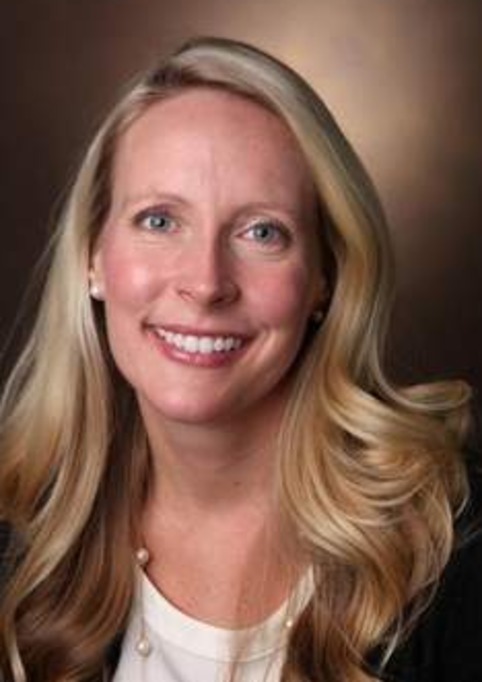




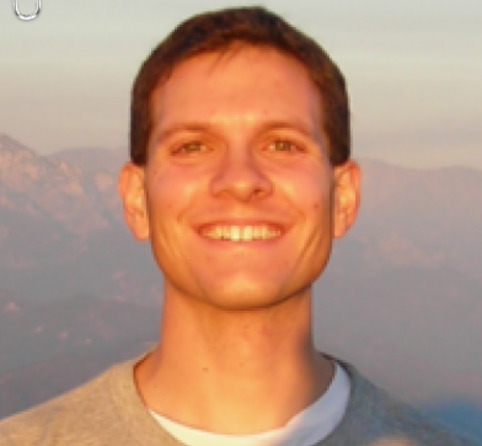
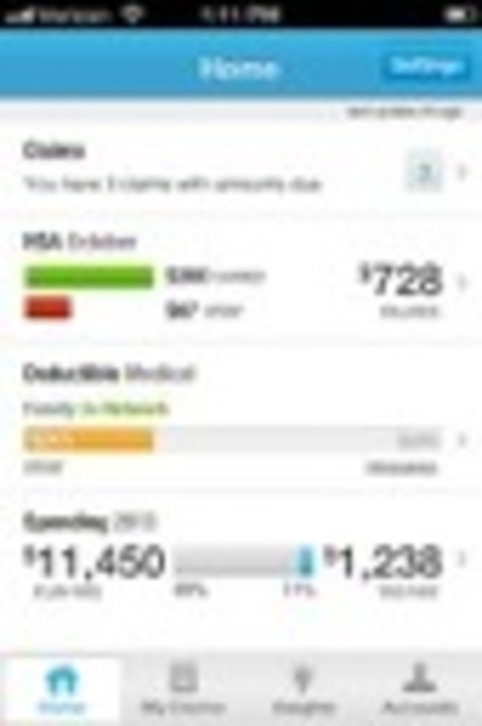
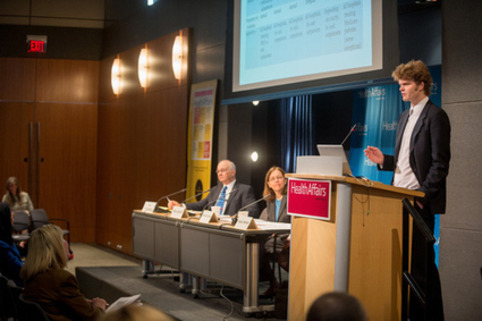

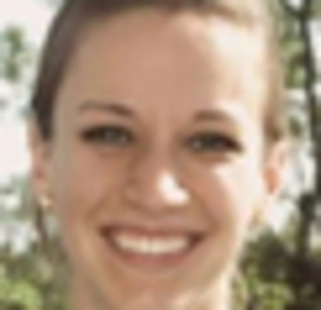
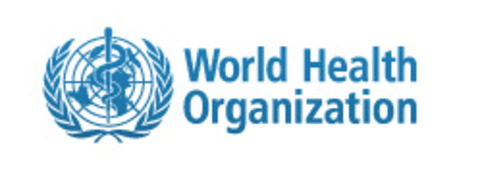
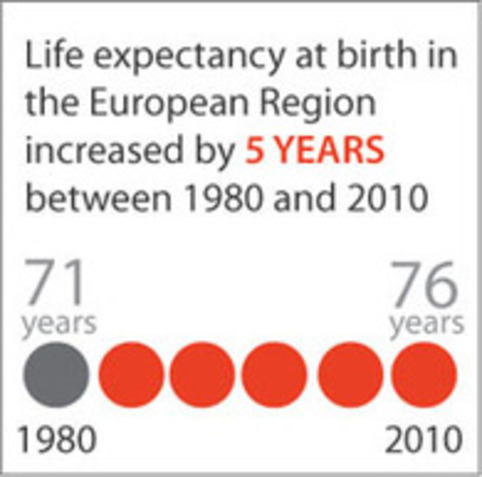


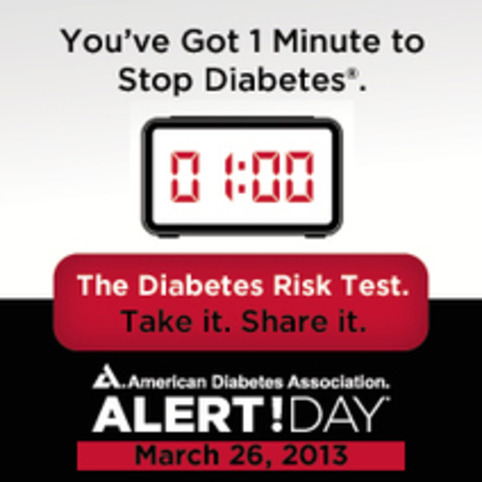
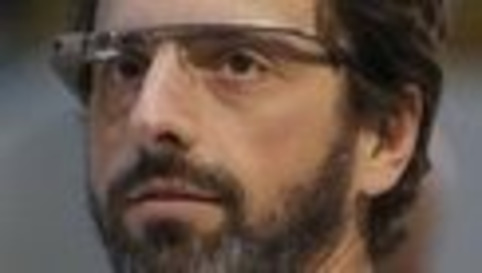
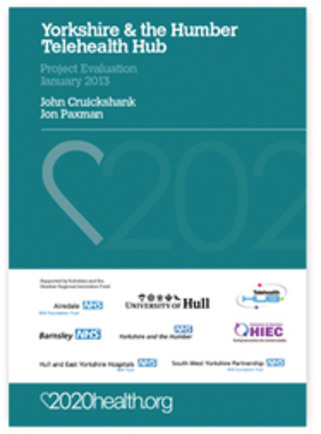


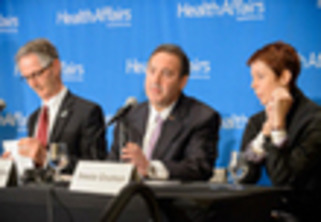


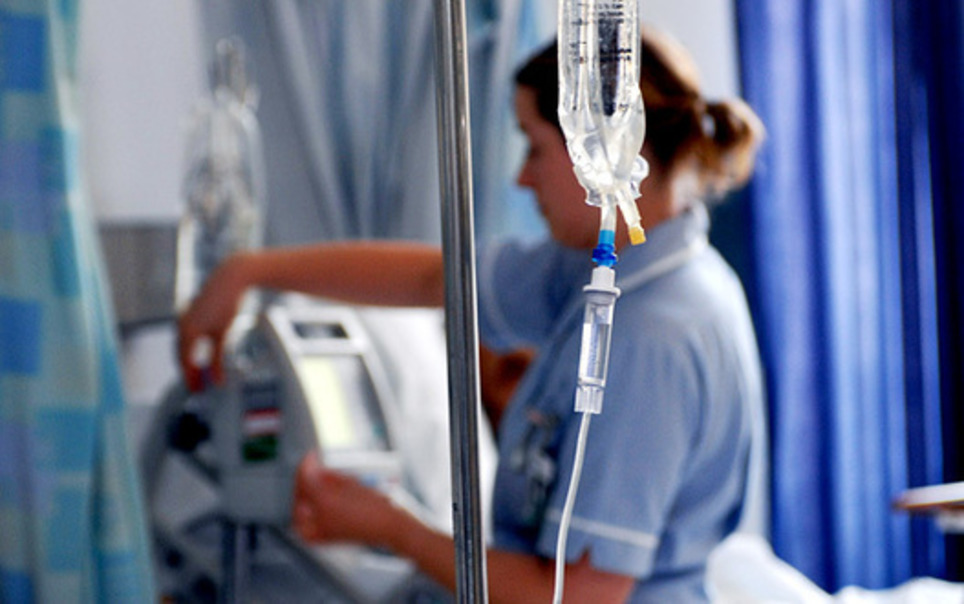
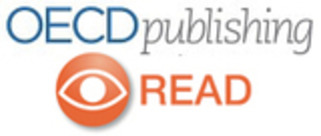






..."Nurses have a legacy of providing high-quality care in amazingly diverse settings and specialties. ..." and
"..According to the Institute of Medicine Report on Nursing, nurses are essential to improving patients’ access to care, organizing and aligning critical resources, and leading and contributing to teams. "...
Need to say more? ;-)